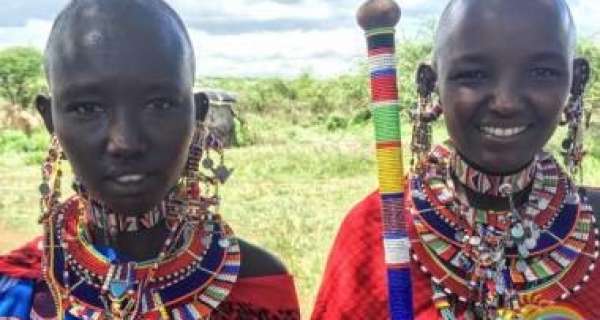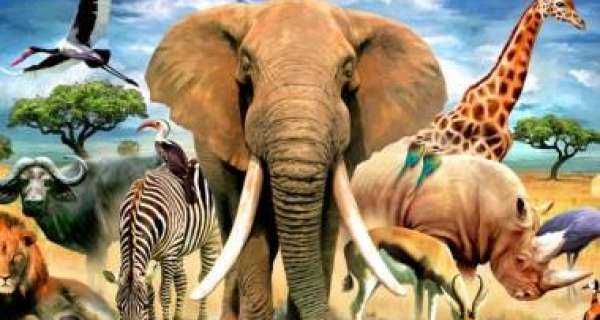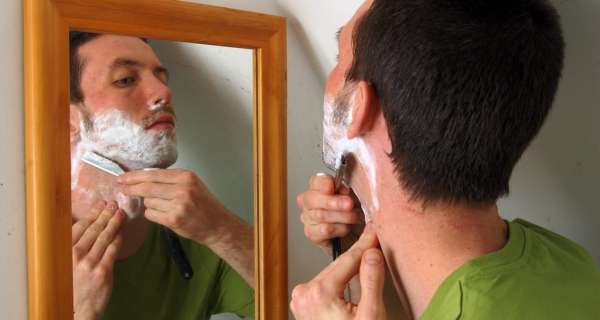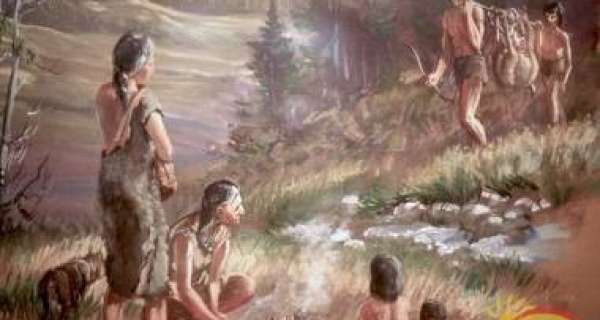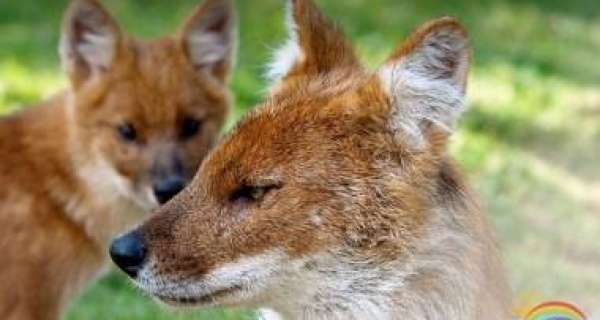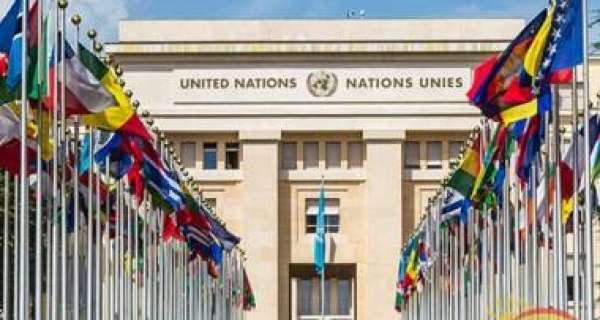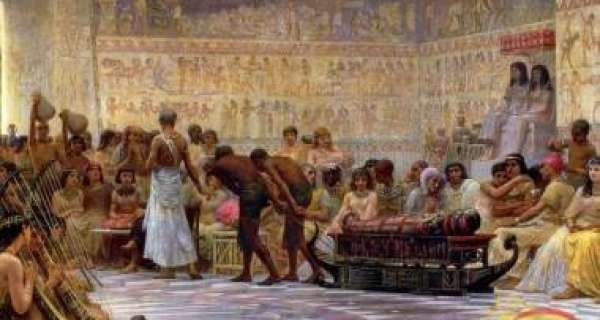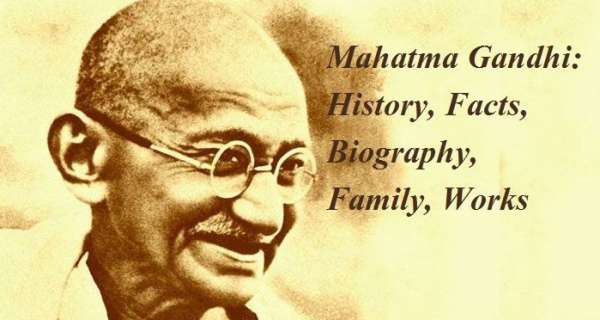You’ll spot the brightly colored reds, blues, and purples of their shúka (sheets worn wrapped around the body, with one over each shoulder and a third over the top of them) standing out vividly against the landscape.
You’ll see them standing tall and proud alongside the road in small villages such as the one we visited, modern towns such as Arusha, and walking across the vast open pastures on which they continue to graze their cattle, as they have for more than 500 years now.
While it may be the world-renowned wildlife that draws most travelers to Tanzania, it’s the Maasai people who give the region its distinctive cultural flavor. Meeting the Maasai and getting to know more about their lives in the savannah is an integral part of the East African travel experience.
The Maasai are a Nilotic people indigenous to the African Great Lakes region, with roots that can be traced back to South Sudan. Their language, Maa, includes idioms still spoken in Ethiopia and Sudan today.
According to their oral history, they began migrating south from the lower Nile Valley north of Kenya’s Lake Turkana sometime in the 15th century. They ultimately arrived in their current range between the 17th and late 18th century.
Many of the ethnic groups that had established settlements in the area were either displaced or assimilated by the Maasai. The newcomers also adopted certain customs from them, including ritual circumcision and a social organization focused more on age than descent.
By the mid-19th century, the Maasai territory included the entire Great Rift Valley as well as the lands that surrounded it. The Maasai soon became as well-known for their strength as hunters and warriors (using spears, shields, and clubs that could be thrown accurately from up to 70 paces) as they were for their cattle-herding.
The dark period between 1883 and 1902 is known as emutai, meaning to wipe out. It’s estimated that some 60% of the total Maasai population lost their lives during this period as a result of smallpox, drought, and starvation (after a disease is known as rinderpest killed most of their cattle).
In the 20th century, vast sections of Maasai land were taken from them and turned into national parks and wildlife reserves. The government also pressured the Maasai to abandon their semi-nomadic lifestyle in favor of farming and a more sedentary life. You can understand why the locals were not pleased: They’ve been fighting to reclaim their lands and preserve their traditional way of life ever since.
To know more about the Maasai People
